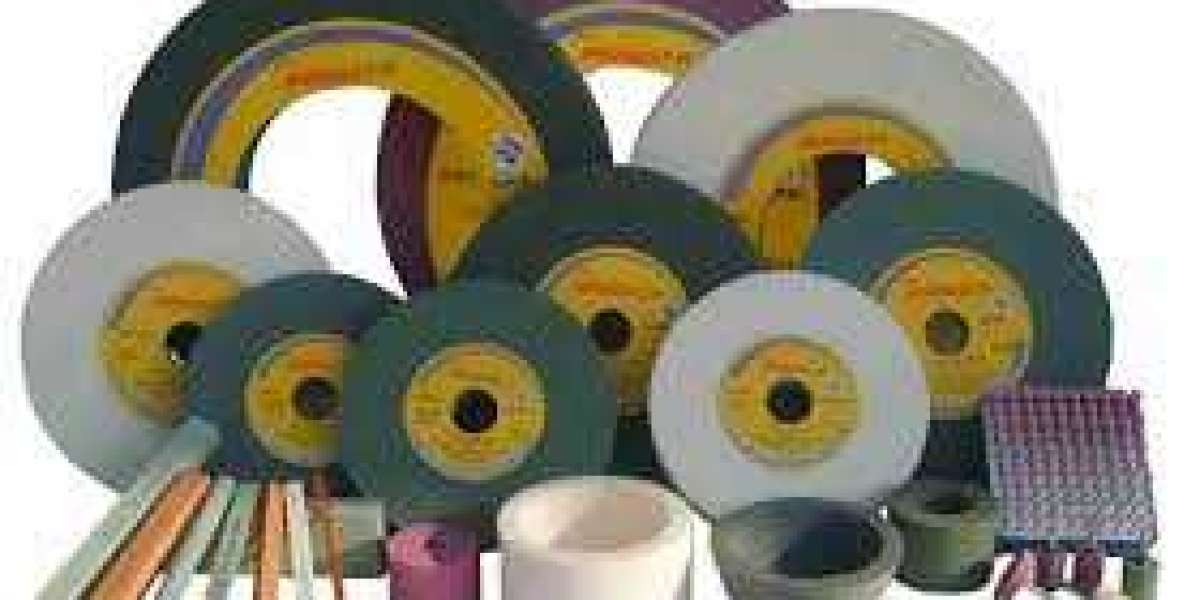Grinding wheels are indispensable tools in the manufacturing and metalworking industries, serving a multitude of purposes across various applications. These abrasive wheels are designed to efficiently remove material from workpieces, shape surfaces, and achieve precise dimensions and surface finishes. Here, we delve into the diverse uses of grinding wheels and their significance in modern machining processes.
1. Surface Grinding: One of the primary uses of grinding wheels is surface grinding, where the abrasive wheel removes material from the surface of a workpiece to achieve a flat, smooth finish. Surface grinding is commonly employed in manufacturing industries for producing precision components with tight tolerances and smooth surfaces.
2. Cylindrical Grinding: Grinding wheels are extensively used in cylindrical grinding operations to shape the outer surfaces of cylindrical workpieces. This process is crucial in manufacturing cylindrical components such as shafts, rods, and cylinders, ensuring dimensional accuracy and surface quality.
3. Tool Sharpening: Grinding wheels play a vital role in tool sharpening applications, where they are used to restore the cutting edges of various cutting tools such as drills, milling cutters, and lathe tools. By regrinding worn or dull cutting edges, grinding wheels help prolong the lifespan and performance of cutting tools.
4. Precision Machining: In precision machining operations, grinding wheels are utilized to achieve extremely tight tolerances and fine surface finishes on machined components. Industries such as aerospace, automotive, and medical device manufacturing rely on grinding wheels for producing critical components with exceptional precision and accuracy.
5. Stock Removal: Grinding wheels are employed for rapid stock removal in heavy-duty grinding applications. This includes removing large amounts of material from workpieces to achieve the desired shape or size. Heavy-duty grinding tasks are common in industries such as foundries, steel mills, and fabrication shops.
6. Deburring: Grinding wheel uses are effective tools for deburring operations, where they are used to remove sharp edges, burrs, and excess material from workpieces. Deburring with grinding wheels ensures that machined components are smooth, safe to handle, and free from sharp edges that could cause injury.
7. Surface Finishing: Grinding wheels are also used for surface finishing applications, where they impart a specific surface texture or pattern to workpieces. This may involve creating a smooth, polished surface or introducing a textured finish for aesthetic or functional purposes.
8. Sharpening Garden Tools: In addition to industrial applications, grinding wheels are utilized by hobbyists and homeowners for sharpening garden tools such as lawn mower blades, shears, and axes. By maintaining sharp cutting edges, grinding wheels help improve the performance and longevity of garden tools.
Conclusion: The uses of grinding wheels span a wide range of applications, from precision machining in industrial settings to sharpening tools in home workshops. These versatile abrasive tools play a crucial role in shaping, finishing, and refining workpieces across various industries, contributing to the efficiency, accuracy, and quality of modern machining processes.



